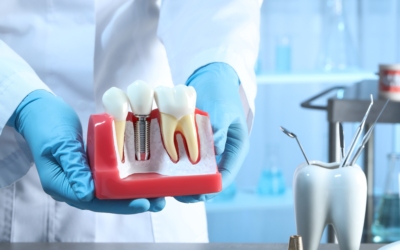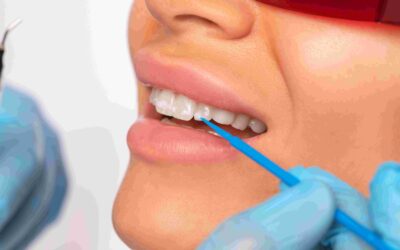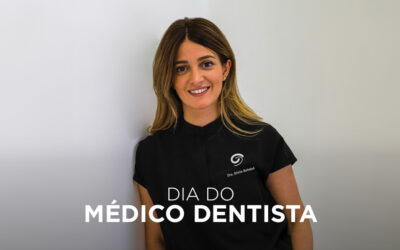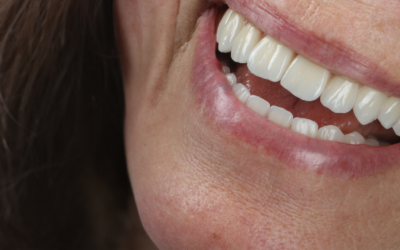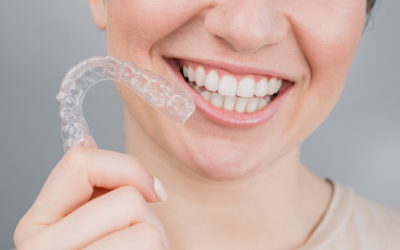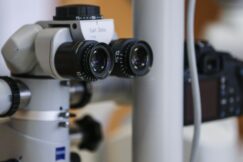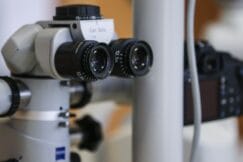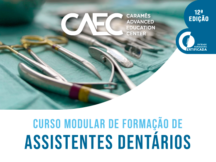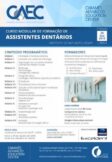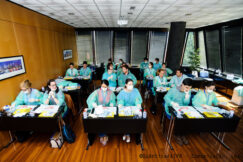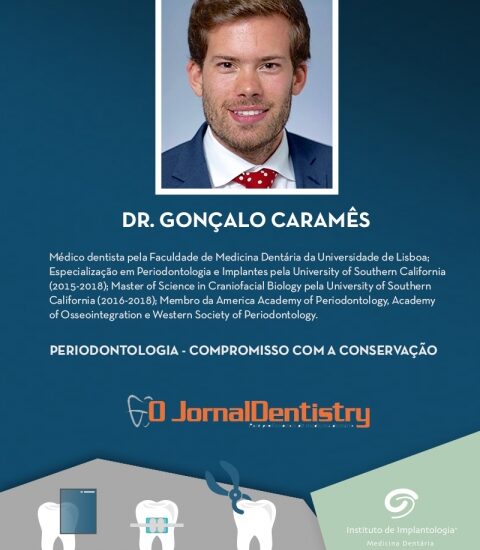
Periodontologia – compromisso com a conservação
How did you arrive at periodontology? Are you also an implantologist?
I have always enjoyed medicine and surgery. I believe that my interest in periodontology came from the combination of these two interests. Periodontology is the medical component in the treatment of a disease that is the most prevalent in the human population – periodontal disease, with the surgical component, which normally involves several procedures. Resective, regenerative, mucogingival and implant surgery are part of this process. In my day to day I practice periodontology and implantology.
How has periodontology evolved and how should it continue to evolve? What role does periodontology play in the maintenance of periodontal treatment and implants (periimplants)?
The treatment of peri-implant disease poses one of the greatest future challenges for periodontology. Perimplantitis is far more complicated to control than periodontal disease, due to biological reasons of a multifactorial etiology observed in many cases. With the increase in life expectancy and the fact that more and more implants are being placed, it leaves me with no doubt that the incidence and prevalence will increase. For this reason, commitment to prevention is essential and involves the reduction of risk factors.
Dentistry continues to move in a more conservative direction. How is this reflected in periodontology?
In my opinion Periodontology has always had a conservative approach. The focus is on achieving two objectives that are very simple yet also difficult to achieve: controlling the inflammation inherent to periodontal and peri-implant diseases and the consequent maintenance of the teeth / implants in the oral cavity of the patient. Ideally, the treatment would always be conservative, but unfortunately we know that this approach is not always possible, particularly in cases of peri-implantitis, where the results are often not satisfactory even with more invasive treatment.
Aside from technical and surgical aspects of treatment, what role is played by the patient in obtaining successful results? How do you maximise patient compliance?
Patient compliance is a determining factor in the success of periodontal treatment. If we compare the Portuguese population to the Scandinavian or American population we find that compliance is completely different. I believe that there is still a long way to go with regard to educating the Portuguese population of the importance of oral health. It is unrealistic to think that in a patient who is a smoker with severe periodontitis and poor oral hygiene, tooth extraction and implant placement will solve the problem. In the short term this may happen, but in the long run the problems will arise if the patient does not understand that their habits have to change.
What techniques, biomaterials and technology are at the vanguard of this area?
I would highlight the VISTA technique for the treatment of multiple gingival recessions and LPRF. The VISTA technique is a tunneling technique developed at the University of Southern California, which allows for recovery of a complete dental arch in a single surgery, even in more unfavorable cases with interproximal bone loss, or in cases of prominent roots. L-PRF considerably improves soft tissue healing and reduces postoperative discomfort for the patient. These two innovative techniques, widely used in the USA, have shown good results and look very promising to me.


